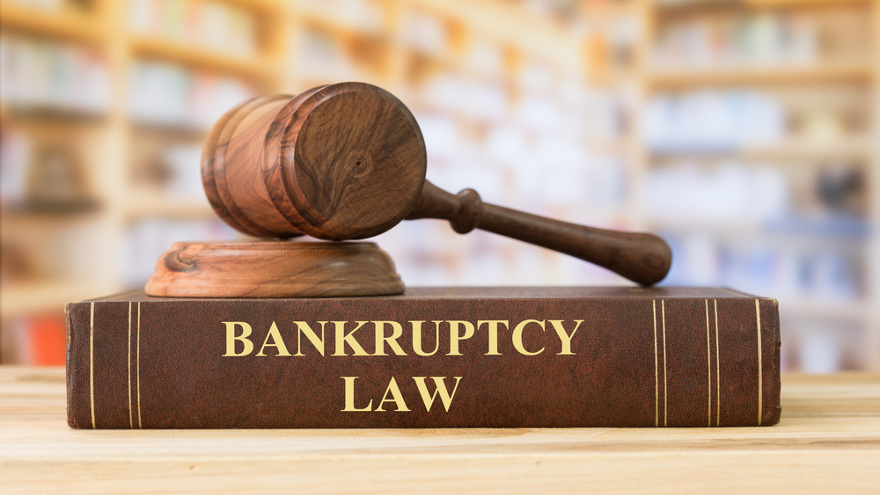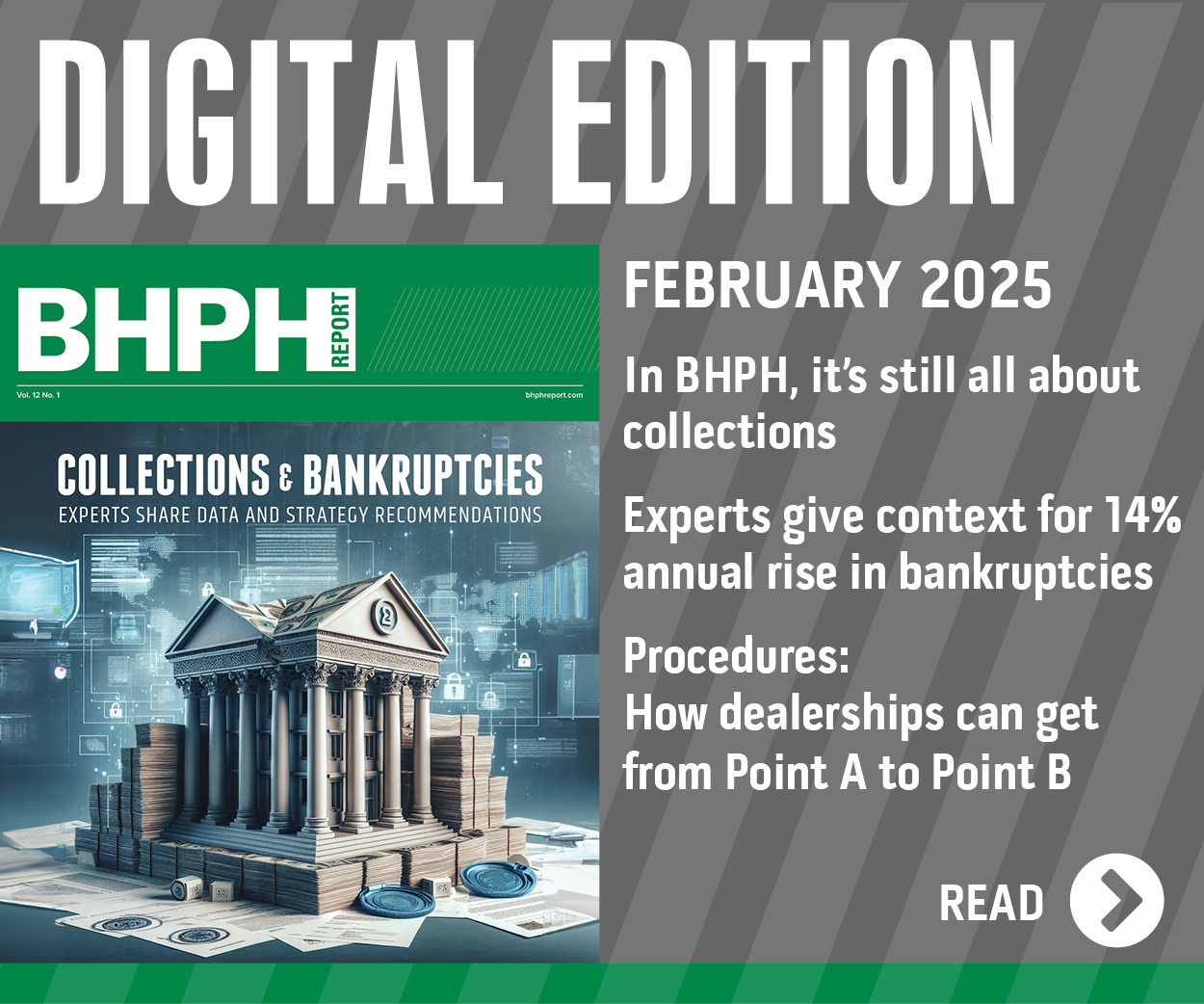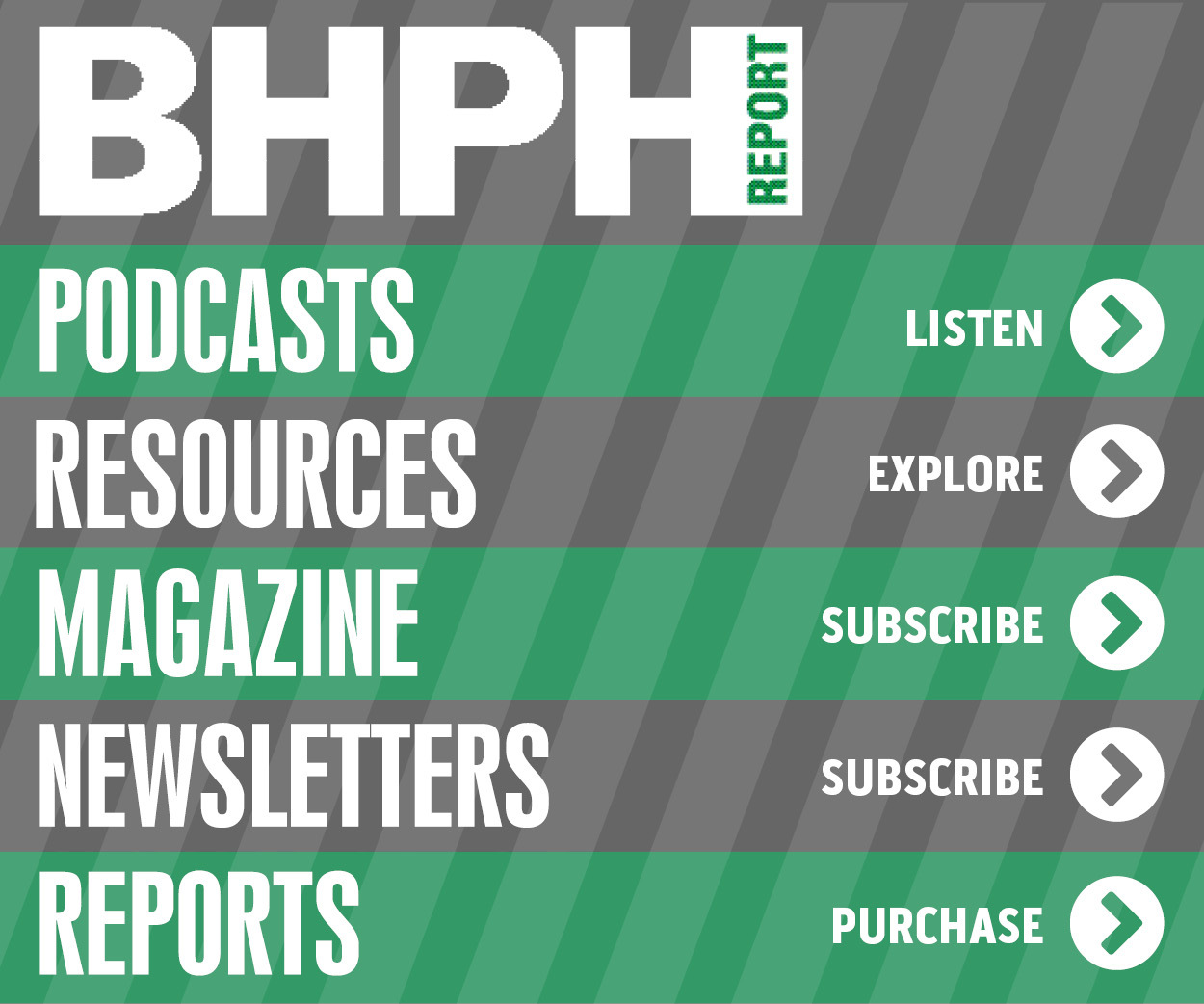Talk of potential bankruptcy bubble intensifies

Bubble talk in March is not limited to just discussions about which teams will qualify for the major college basketball tournaments.
The term surfaced when Epiq and the American Bankruptcy Institute (ABI) reviewed February filings and looked ahead to what the bankruptcy landscape might be later this year.
Epiq reported its February bankruptcy filing statistics from its AACER bankruptcy information services business and indicated February experienced the lowest number of new monthly bankruptcy filings across all chapters in 15 years. The 31,188 filings were the lowest since February 2006 when 26,617 cases were completed.
Experts explained the continued slide represents a decrease of 3% compared to January. They also mentioned filing 45% decline year-over-year as last February the bankruptcy system completed 56,209 new cases.
A total of 29,261 consumer filings were registered in February, down from the 53,097 consumer filings recorded in the same month last year.
Epiq indicated Chapter 13 non-commercial filings dropped 7.25% on a sequential basis with only 8,320 new cases completed in February. Chapter 7 non-commercial filings ticked 1.8% lower in February with only 20,850 new cases.
“New bankruptcy filing rates continue a historic slide,” said Chris Kruse, senior vice president of Epiq AACER. “The bubble that emerged last April as the global pandemic picked up steam is now getting bigger, and the backlog of new filings is growing.
“We still expect new filings rates will change course and grow substantially in the second half of 2021 as vaccination rates climb, government stimulus ramps down, and COVID-19-related policies are relaxed, forcing filers to evaluate their financial positions,” Kruse continued in a news release from Epiq.
Meanwhile, commercial filings in February across all chapters fell to 1,945 new cases, dropping 38% year-over-year.
“Access to capital, agreements among stakeholders, and general economic uncertainty has caused a continued pause in commercial Chapter 11 filings in February,” said Deirdre O’Connor, senior managing director of corporate restructuring at Epiq. “The decline in Chapter 11 cases reveals that seeking bankruptcy protection does not appear to be the most viable option for companies that are currently experiencing liquidity challenges.”
In its news release, ABI recapped how the moves made by federal lawmakers are impacting bankruptcy metrics.
Sen. Richard Durbin, the Illinois Democrat and chair of the Senate Judiciary Committee Chair, along with Sen. Chuck Grassley, the committee ranking member and Iowa Republican introduced the COVID-19 Bankruptcy Relief Extension Act on Feb. 25. ABI explained the measure would temporarily extend the COVID-19 bankruptcy-relief provisions for consumers and small businesses enacted as part of the March 2020 CARES Act and December 2020 omnibus appropriations bill.
As the provisions are set to sunset on March 27, ABI Durbin and Grassley’s proposal would push the sunset dates for these provisions to March 2022.
Among the provisions is keeping the eligibility limit for small businesses electing to file for subchapter V under Chapter 11 at $7.5 million to provide more vulnerable businesses with a streamlined path for restructuring their debts. ABI noted this eligibility limit for small businesses was increased from $2,725,625 of debt to $7.5 million by the CARES Act.
“While the COVID-19 pandemic continues to have a serious financial impact across the globe, the economic stabilization measures put in place by the government have enabled many distressed families and businesses to delay filing for bankruptcy,” ABI executive director Amy Quackenboss said. “Bankruptcy remains a proven shield for families and companies seeking protection from the lingering financial distress and economic uncertainty caused by the pandemic.
“As further stabilization efforts are considered by Congress, this important legislation will allow more time for families and small businesses to utilize the important bankruptcy provisions of the CARES Act and December’s omnibus appropriations bill,” Quackenboss went on to say.
Experts also mentioned the average nationwide per capita bankruptcy filing rate in February was 1.23 (total filings per 1,000 per population), a slight decrease from January’s rate of 1.25.
Average total filings per day in February came in at 1,643, a 44% from the 2,958 total daily filings recorded last February.
The newest data went on to show states with the highest per capita filing rates (total filings per 1,000 population) in February included:
1. Delaware (3.09)
2. Alabama (3.03)
3. Nevada (2.57)
4. Tennessee (2.23)
5. Georgia (2.10)


